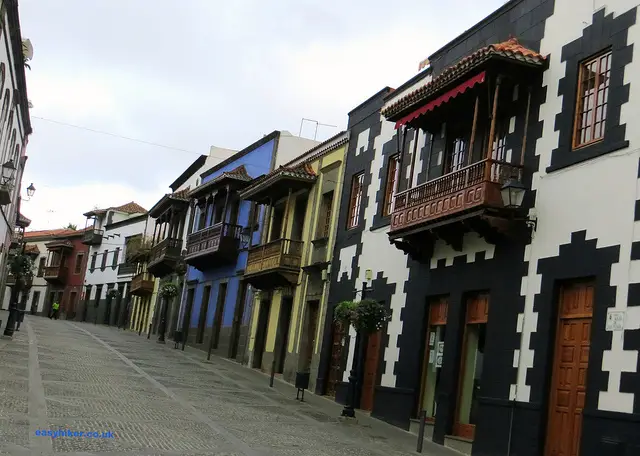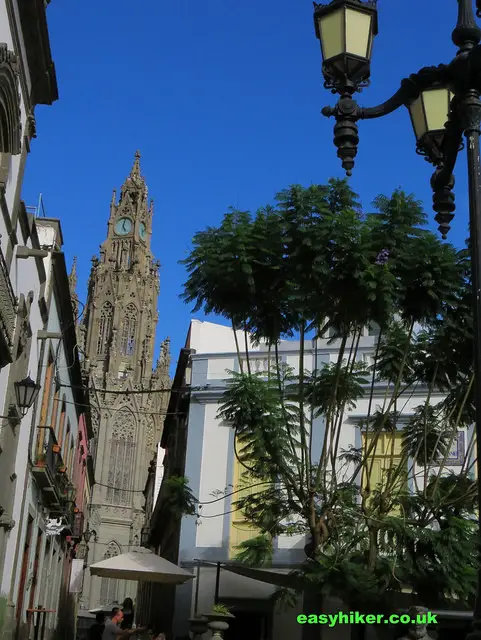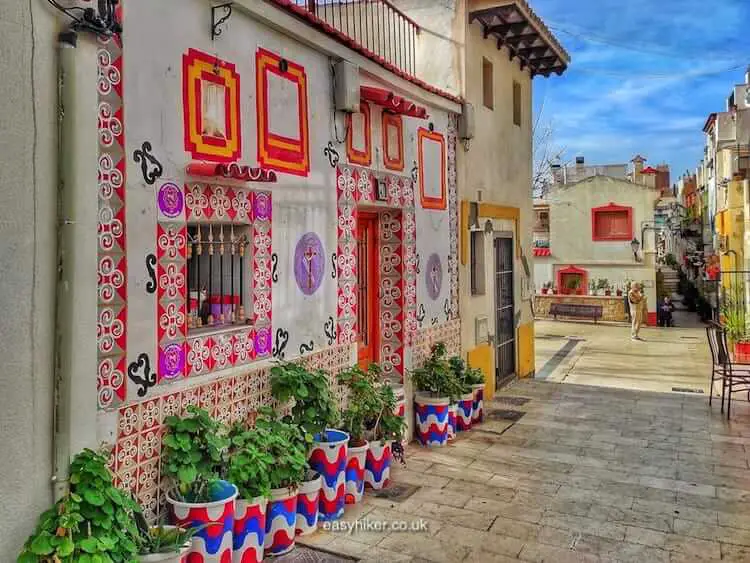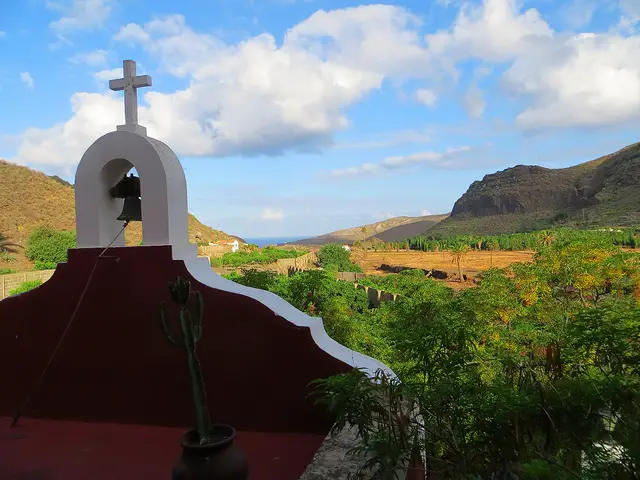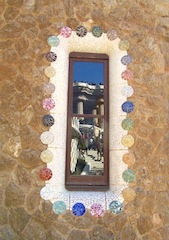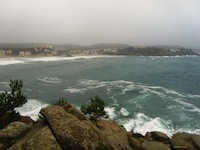Hiking in Gran Canaria
Some Charming Towns of Gran Canaria
Hiking in Gran Canaria is great, but surely we have not come all this way to miss out on the cultural attractions the island has to offer. Today, concluding our series of posts on the Gran Canaria Walking Festival, we present you with a small selection of charming towns of Gran Canaria that you can visit for convenient day trips when you are recovering from the exertions of the Gran Canarian hiking trails – or when you just feel like doing something different for a change. All towns can be easily reached by both car and public transport (bus).
Las Palmas
Top of the list, of course, is Las Palmas, the largest city in all the Canary Islands and the 9th biggest in Spain. Las Palmas offers everything you would expect from a coastal metropolis: beaches and a seaside promenade, a 21st century skyline, clubs, restaurants and shops.
But there is also a charming old town, interesting mainly because it is closer in architectural spirit to the Americas than to Old Spain …
… formal pedantry expressing a yearning for something that remains for ever out of reach. (This is a common feature of people in the diaspora, of course: the most passionately “Irish” people on this planet live in Boston, not in Dublin, and the Falkland Islanders are generally far more patriotic than anybody in London or Birmingham.)
Right in front of the Cathedral, there is also a delightful monument for the native shepherd dogs from whom, it is often thought, the Canary Islands derive their name (as in canis, the Latin word for dog) …
… an explanation which, according to recent etymological research, is – like most other explanations that we hear every day – neat, plausible and almost certainly wrong.
Teror
Teror is often called the “spiritual center” of the Canary Islands, which is one way of putting it. What appears to have happened is this: the Spanish missionaries of the 16th century, despairing about the native islanders seeming refusal to comprehend the finer points of their belief, decided to phrase Christianity in terms that, they thought, the locals would more easily understand, decreeing that The Lady Of The Pine Forest had descended and was now demanding obeyance as well as full compliance with the rules of Catholicism.
Ever since that moment, in the course of its long connection with the Church, the town has acquired a very picturesque patina, and the opportunity of strolling through the streets and narrow lanes near the central square is certainly worth the short trip from Las Palmas.
And yes, since you ask, we had indeed approached Teror with a certain degree of apprehension, but our fears proved entirely unjustified, and we are pleased to report that the visitor will find nothing frightful or disturbing there.
Arucas
You may have heard about banana republics: may we now present to you a banana town.
Gran Canaria has a long history of monocultures, from sugar cane to tourism, and in the late 19th century, the entire island just went, well, bananas.
This was the time when Arucas, the centre of the banana industry, was the wealthiest town on the island, wealthy enough to build a church made from the finest materials that money could buy and to teach Las Palmas a thing or two about architectural opulence.
But nothing lasts forever, of course, and the banana industry was ultimately done in by American imports. (You cannot help wondering what will eventually kill off tourism.)
The plantations still exist, but they are now divided between fields reserved for the small native variety, for which there no longer appears to be a market: many of these bananas are fed to the local pigs, and fields where Central American varieties are grown.
For these varieties, however, the Canarian climate is actually too cold which is why the bananas are put under thick covers as early as October. (No, the Canarians themselves do not understand the logic of this either. Welcome to the EU’s Common Agricultural Policy.)
Aguimes
Aguimes is an excellent example for the benefits that tourism can bring. Just a couple of decades ago, it was a small neglected town in the inside of a coast-centered island, but the growth of “gentle tourism” (hiking, biking, mountaineering) has generated sufficient funds for the careful restoration of the Old Town – and the installation of some delightful new “street furniture”, too.
Aguimes is also the one place on the island that draws attention to its geographical location – and that dares to remind you how close you actually are to North Africa.
Tejeda
Tejeda is the village that most hikers will only ever get to see from above: at the bottom of the Caldera when they walk high above on its rim.
Still, if you can, you should make the detour, if for no other reason than to sample an authentic piece of “rural” Gran Canaria.
At roughly 1500 metres above sea level, Tejeda is the highest village on the island, and with barely 2,000 inhabitants one of the smallest, too – it does not get much more rural than that, believe me.
The village does, however, boast a museum with some interesting displays that document the history of the area and the most popular hiking hostel anywhere near, the Hotel Rural Fonda de la Tea.



